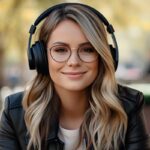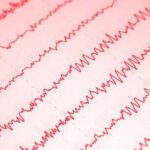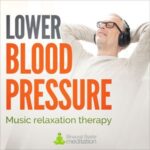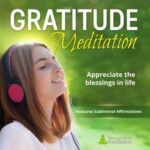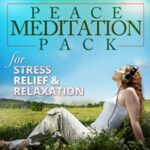Researchers conducted a study to investigate if listening to certain types of music could help children feel less anxious during dental treatment.
They examined two unique kinds of music: “binaural beats” and “monaural beats.” These frequency-based musical techniques use special frequencies, sent to each ear, to induce a specific state of mind. In this case he intention was to induce relaxation and a sense of calm, reducing anxiety in the patients.
The Study
They tested these types of music on 45 children, aged 6 to 12, who were getting dental treatments. The treatment was the preparation and restoration of class I cavity in primary or permanent molars.
The children were divided into three groups: one group had no music, another group listened to monaural beats, and the last group listened to binaural beats.
How Anxiety Was Measured
To assess the effectiveness of the music, the researchers measured the children's anxiety levels before and after their dental treatments.
They used a device called a “pulse oximeter” that attaches to a finger to monitor their heart rates.
Additionally, a test involving pictures called “Venham's picture test” was used to gauge the children's emotional states.
Venham's Picture Test is a tool used in psychology and healthcare to assess anxiety or fear in children, especially in dental or medical settings. It typically involves showing children a series of pictures or images and asking them to express their feelings or emotions about what they see.
How Data Was Measured
The researchers used statistical analysis with a program called SPSS to make sense of the collected data.
In simple terms, SPSS is a handy tool that crunches numbers and helps people understand their data better by making it into graphs, figuring out relationships between things, and even guessing what might happen in the future based on the information it has.
The researchers employed a statistical test known as “One-Way Analysis of Variance” to compare the anxiety levels among the three groups.
One-Way Analysis of Variance (ANOVA) is a statistical test used to compare the means (averages) of three or more groups to see if there are statistically significant differences between them. In this study, it was likely used to compare the anxiety levels of the three different groups (no music, monaural beats, and binaural beats) to see if the differences were significant.
A “Dependent t-test” was utilized to determine if there were significant changes in anxiety levels within each group before and after exposure to the music.
Dependent t-test is a statistical test used to compare the means of two groups, typically before and after an intervention. In this study, it was probably used to check if there were significant differences in anxiety levels within each group before and after they listened to the different types of music.
The Results
Anxiety scores were assessed using P Value. The “P” value is a way to determine if the results are statistically significant. In this study, a “P” value less than 0.05 is considered significant. If the “P” value is less than 0.05, it means that the results are very likely not due to chance, and there is a real difference between the groups or conditions being tested.
The study yielded the following findings:
They found that the binaural auditory beats were the most effective in reducing anxiety based on Venham's picture test scores and the children's heart rates, and the “P” values of 0.0001 indicate that these differences were highly significant.
- Both binaural beats and monaural beats were effective in reducing anxiety in the children.
- Binaural auditory beats were more effective than monaural beats in alleviating anxiety.
- The group that did not listen to any music had the highest levels of anxiety.
Study Conclusion
In conclusion, the research indicates that binaural beats are the most effective in helping children feel less anxious during dental visits.
We might therefore assume that the same method can be applied for children feeling anxious in other circumstances.
Monaural beats also have a positive effect, though not as pronounced. One should also note that no music is the least effective in reducing anxiety.
The information in this article was derived from the original study write-up found here on PubMed.


